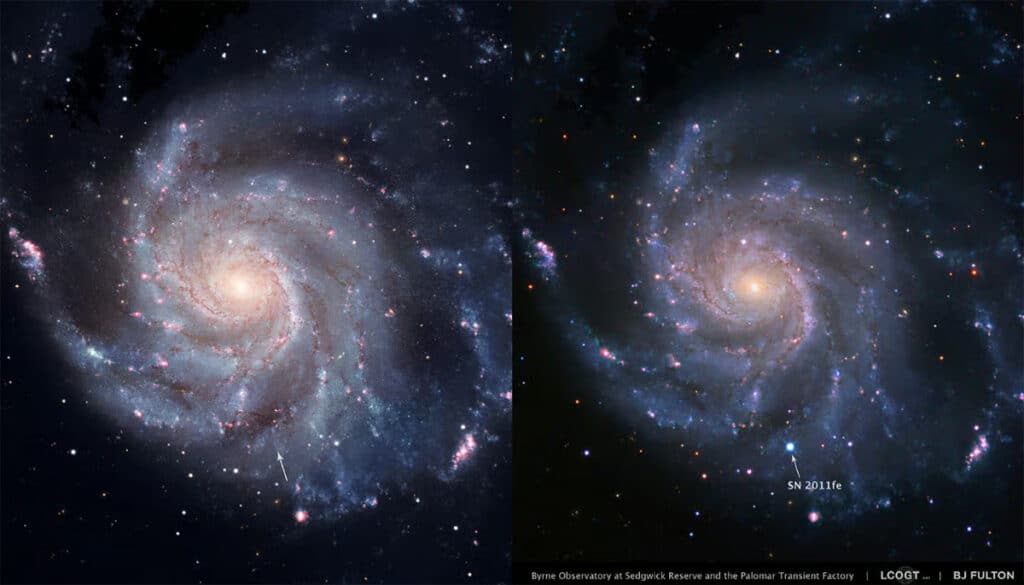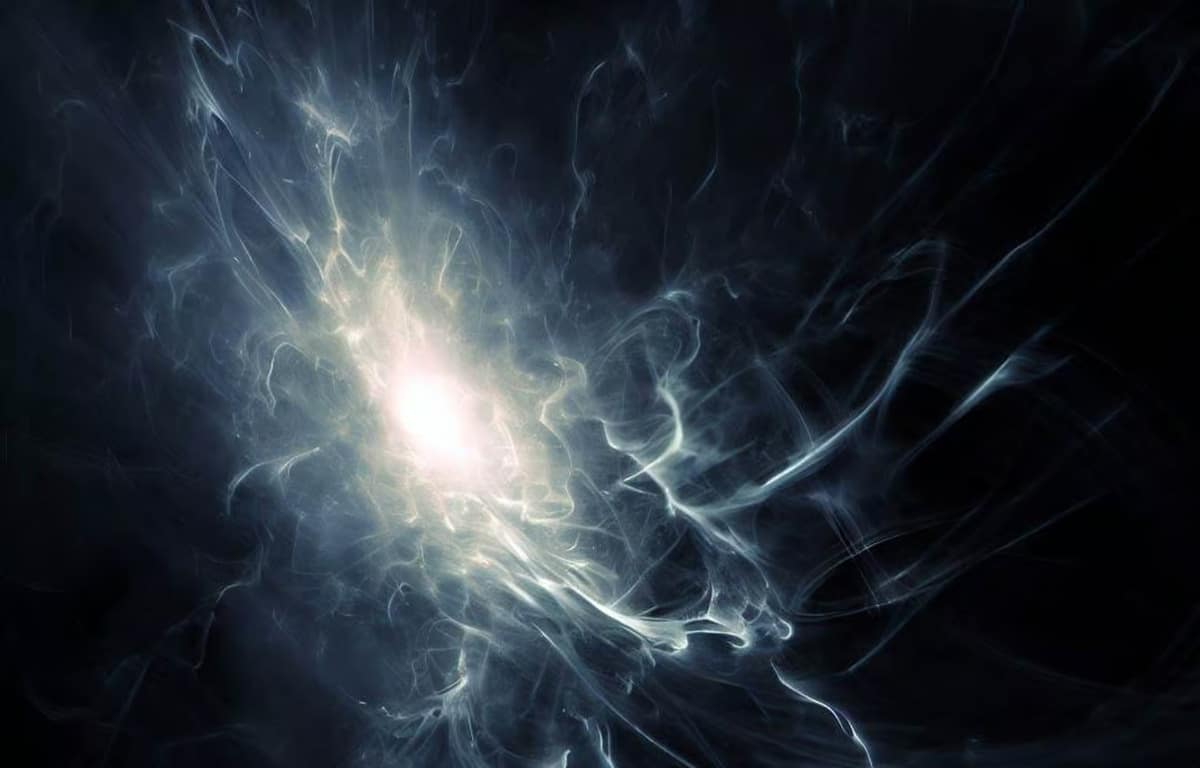A team of researchers—including Nobel laureate Saul Perlmutter, who first revealed the universe’s accelerated expansion—has developed a more rigorous way to study dark energy. Their new results add weight to the idea that the fate of our observable cosmos may need reevaluation.
In the late 1990s, teams used Type Ia supernovae to probe cosmic expansion, expecting a slowdown. Instead, they found the universe speeding up—and earned the 2011 Nobel Prize.
Building on Jayant Narlikar’s cosmology lectures, scientists reintroduced Einstein’s cosmological constant, Λ, as a mysterious energy. WMAP and Planck measurements refined this picture, showing we live in a nearly flat, Euclidean universe—perhaps even a torus—with eternal expansion leading to a “heat death.”
Three videos explaining dark energy. Here is video 1. © PBS Space Time
A Big Crunch driven by dark energy?
Since our destiny ties to the cosmos’s, astrophysicists want better constraints on Λ. Some theories predict that Λ might vary over time—shifting from repulsive (driving expansion) to attractive, triggering a cosmic contraction or Big Crunch, then a rebound Big Bang.
To test this, Perlmutter’s Supernova Cosmology Project team reanalyzed SN Ia data. Their open-access paper on arXiv shows hints—echoing recent studies—that the value of Λ (and the dark energy it represents) may be decreasing over time.

In 2011, a sky survey detected a Type Ia supernova, SN 2011fe, in the Pinwheel Galaxy, about 21 million light-years away. © B. J. Fulton, Palomar Transient Factory
Remember, SN Ia are explosions of white dwarfs packing the Sun’s mass into a Earth-sized volume. They shine so bright they’re visible across billions of light-years, with nearly uniform peak luminosity—making them perfect “standard candles.” By comparing their apparent brightness and redshift, we map galactic distances and track changes in the universe’s expansion rate.
Here is Video II. © PBS Space Time
A more rigorous technique for analyzing cosmic expansion
Perlmutter’s group focused on calibrating measurements for 2,087 supernovae from 24 datasets, spanning roughly 7 billion years of cosmic history. As Berkeley Lab explains, they used a hierarchical Bayesian model—a sophisticated statistical method that better handles uncertainties by integrating partial information and error probabilities.
For instance, this approach accounts for a telescope’s filter drift over time, which can alter supernova brightness. This flexibility boosts precision—something older techniques struggled to achieve. Soon, this framework will incorporate the torrent of new SN Ia detections expected from the Vera Rubin Observatory.
Here is Video III. © PBS Space Time

Laurent Sacco
Journalist
Born in Vichy in 1969, I grew up during the Apollo era, inspired by space exploration, nuclear energy, and major scientific discoveries. Early on, I developed a passion for quantum physics, relativity, and epistemology, influenced by thinkers like Russell, Popper, and Teilhard de Chardin, as well as scientists such as Paul Davies and Haroun Tazieff.
I studied particle physics at Blaise-Pascal University in Clermont-Ferrand, with a parallel interest in geosciences and paleontology, where I later worked on fossil reconstructions. Curious and multidisciplinary, I joined Futura to write about quantum theory, black holes, cosmology, and astrophysics, while continuing to explore topics like exobiology, volcanology, mathematics, and energy issues.
I’ve interviewed renowned scientists such as Françoise Combes, Abhay Ashtekar, and Aurélien Barrau, and completed advanced courses in astrophysics at the Paris and Côte d’Azur Observatories. Since 2024, I’ve served on the scientific committee of the Cosmos prize. I also remain deeply connected to the Russian and Ukrainian scientific traditions, which shaped my early academic learning.

